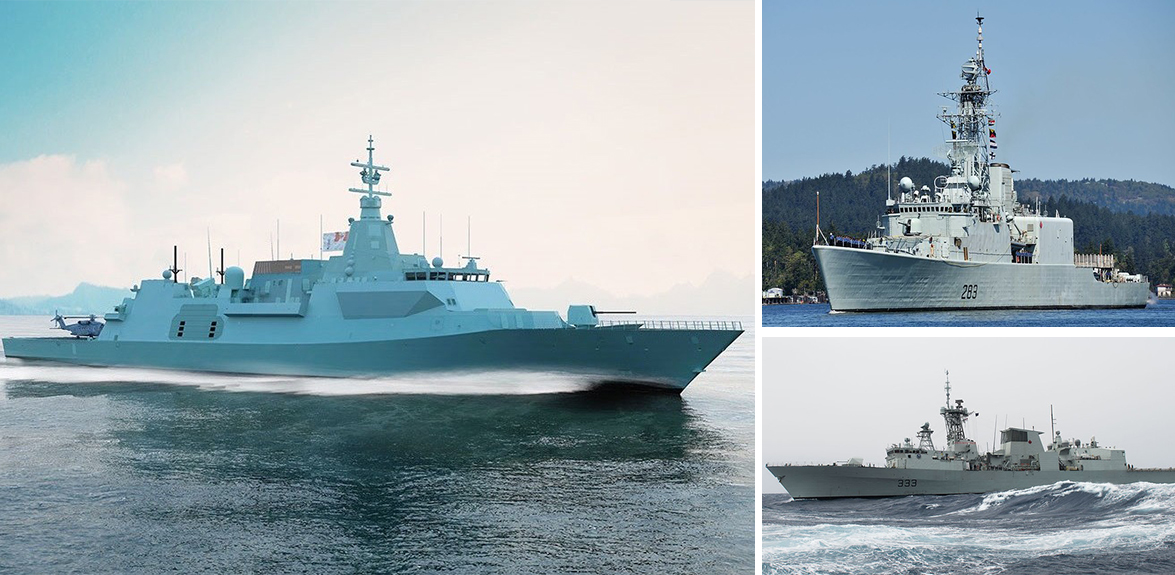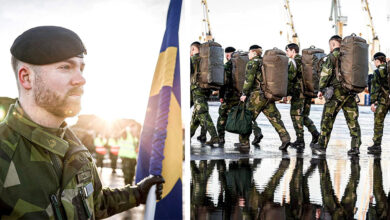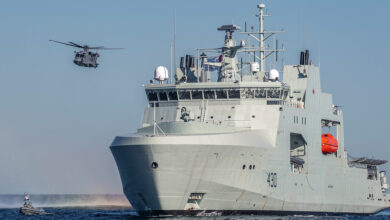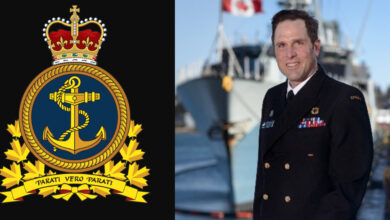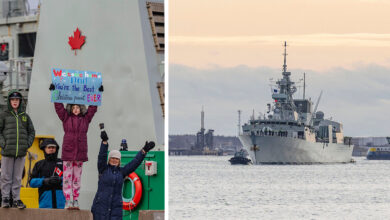The next phase of a new fleet of warships was announced by the Minister of National Defence Bill Blair, who was joined by Vice-Admiral Angus Topshee, Commander of the Royal Canadian Navy (RCN), and Dirk Lesko, President of Irving Shipbuilding Inc.
The announcement, on June 28, 2024, marks the start of construction activities for Canada’s new fleet of Canadian Surface Combatants (CSC). Minister Blair and Vice-Admiral Topshee announced that the new fleet of warships would be known as River-class destroyers, and the first three ships would be named His Majesty’s Canadian Ships (HMCS) Fraser, Saint-Laurent, and Mackenzie.
According to the statement, ship names are chosen carefully and tell the story of the RCN. The three ships are named after Canada’s three most important waterways, which reach the Pacific, Atlantic, and Arctic oceans. They are a tribute to previous Canadian warships with the same names—ships that made heroic wartime contributions and represented cutting-edge technological innovation. The Navy’s intent is to foster a sense of pride in Canada’s sailors by connecting these ships to Canada’s maritime heritage.
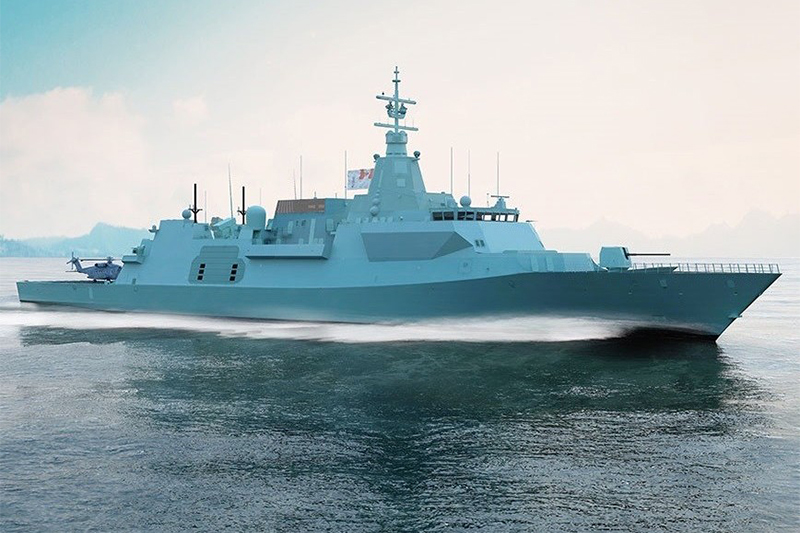
Largest and Most Complex
The CSC project is the largest and most complex shipbuilding initiative in Canada since the Second World War and represents a historic investment into the recapitalization of the RCN’s surface fleet, according to the Defence Minister.
“Today, we launch construction on the largest Canadian shipbuilding project since the Second World War, marking an historic milestone for the Royal Canadian Navy,” announced Bill Blair, Minister of National Defence. “The River-class destroyers will provide the Canadian Armed Forces with the tools that they need to defend our national interests for decades to come – and ensure that Canada can deploy a state-of-the-art, combat-ready fleet of warships to defend our country and support our allies. As we invest in this new fleet, we are also supporting Canada’s shipbuilding industry and thousands of well-paying, skilled jobs. Bravo Zulu to everyone who has helped us reach this important day,” noted the Minister.
The government projects that the build phase of CSC will create and/or maintain approximately 10,800 jobs annually throughout the 25-year construction period across the country. The project’s design phase will create and/or maintain approximately 5,000 Canadian jobs annually across the economy. In total, this project is proposed to generate at least $40 billion in cumulative Gross Domestic Product.
The National Shipbuilding Strategy project was approved for phase one in 2012. The strategy is a long-term, multi-billion-dollar program focused on renewing the Canadian Coast Guard and RCN fleets to ensure that Canada’s marine agencies have the modern ships they need to fulfill their missions. The strategy also revitalizes Canada’s marine industry, creating jobs and economic benefits across Canada.
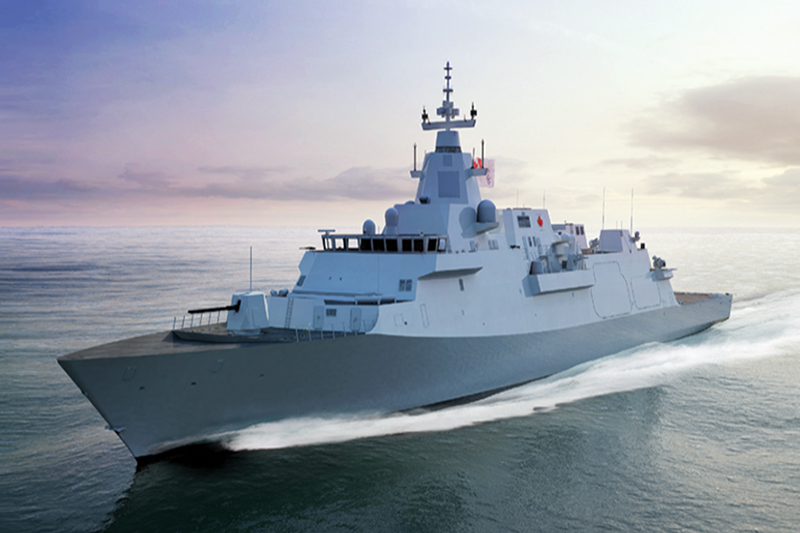
Revitalize Canada’s Marine Industry
“The Canadian Surface Combatant project is at the core of our government’s commitment to revitalize Canada’s marine industry through the National Shipbuilding Strategy,” proclaimed Jean-Yves Duclos, Minister of Public Services and Procurement. “The start of construction activities marks a significant milestone in the efforts to re-build Canada’s shipbuilding industry, bringing highly skilled jobs and economic benefits to Canadians during construction and throughout the operational life of the class. These modern ships will be critical to ensuring the ongoing ability of the members of the Royal Canadian Navy to continue their important work protecting Canadians.”
The day also marked the start of construction on the production test module (PTM), through which the Government of Canada and Irving Shipbuilding Inc. will be able to test and streamline processes and implement lessons learned into the build process to enable the start of full-rate production in 2025. Delivery of the first River-class destroyer, HMCS Fraser, is expected in the early 2030s, with the final ship expected by 2050.
The PTM enables the shipyard to develop and test CSC-specific build processes, with the aim of benefitting from lessons learned and achieving process improvements to support the efficient start of full-rate production on the first CSC ship under an implementation contract in 2025. Design work on the more complex sections of the ship will continue in parallel to the start of construction activities.
The CSC is based on BAE Systems’ Type 26 warship design, which the United Kingdom and Australia are building. The ships will have enhanced underwater sensors, state-of-the-art radar, and modern weapons.
The official NATO Ship Designator for the River-class warship will be DDGH, a destroyer (DD), guided (G) missile, and helicopter (H) capable. As the RCN’s next-generation combat ship, it replaces four Iroquois-class destroyers and 12 Halifax-class frigates. As a powerful and multi-functional ship, the River-class warship is by definition a destroyer: a fast, manoeuvrable, anti-aircraft and anti-submarine long-endurance warship, which can escort larger vessels in a fleet, convoy, or carrier battle group and defend them against a wide range of general threats.
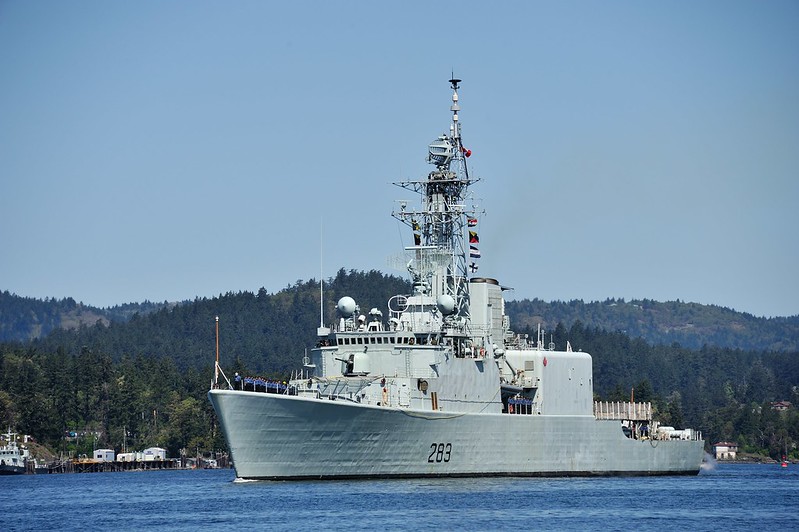
Construction Starts
“The start of construction on the Canadian Surface Combatants today marks a pivotal moment for Canada’s maritime defence sector,” said François-Philippe Champagne, Minister of Innovation, Science and Industry. “This investment not only strengthens our national security but also supports thousands of jobs and fosters growth in Canada’s marine supply chain, demonstrating our commitment to sustainable economic development and leadership in the shipbuilding industry.”
The CSC project is currently budgeted between $56-60 billion (before taxes). It includes the cost for 15 new, state-of-the-art warships, as well as all the components required to design, build, and bring these ships into service (design work, infrastructure, ammunition, technical data, initial training, project management, and contingency costs).
“The selection of an official name for our highly capable destroyers is an exciting moment for the RCN and perfectly timed as today marks the very beginnings of the construction process for the River-class – a clear sign of tangible progress towards our future fleet,” stated Vice-Admiral Angus Topshee, Commander, Royal Canadian Navy. “The River-class embodies the waterways which are the veins and arteries of our nation and celebrates some of the great ships from the RCN’s history.”
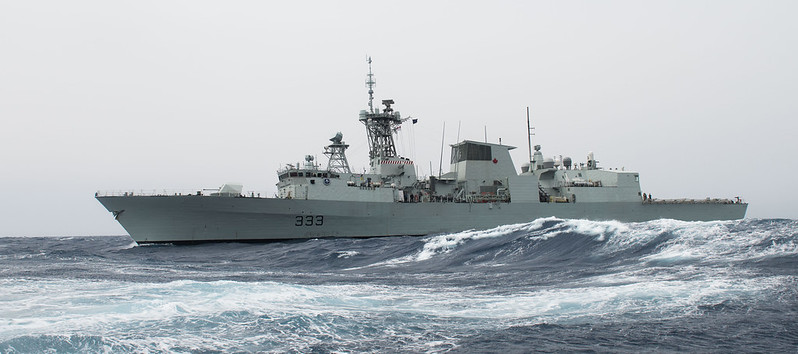
Naming Committee
The RCN’s Ship Naming Committee, comprised of 32 people, recommended the River-class name. The committee included military and civilian representation from various ranks and levels, RCN members from all formations, and representatives from all five Defence Diversity Advisory Groups.
The Defence Diversity Advisory Groups include:
- the Defence Indigenous Advisory Group,
- the Defence Advisory Group for Persons with Disabilities, the Defence Women’s Advisory Organization,
- the Defence Visible Minority Advisory Group, and
- the Defence Team Pride Advisory Organization;
- historians and
- Honorary Captains.
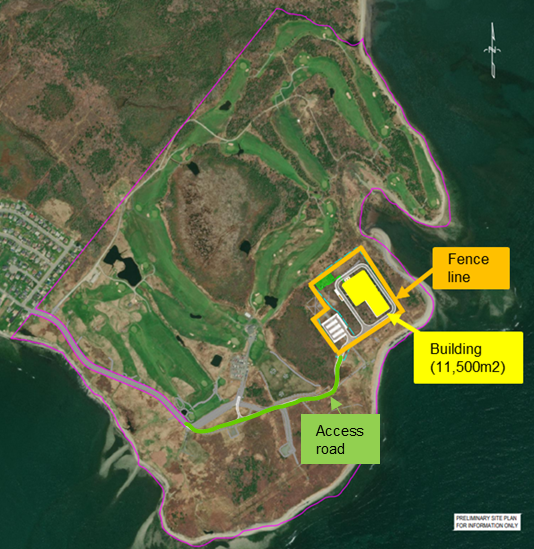
Testing Site to Be Built
Canada’s Industrial and Technological Benefits Policy applies to this project, requiring companies to make investments and provide business activities in Canada equal to the value of the related contracts.
National Defence will build a land-based testing facility on a portion of DND-owned land at Hartlen Point in Halifax, N.S., to help bring the CSC into service and support them throughout their lifecycle.
Work to determine the building’s specifications is currently underway, and the design phase will run until December 2024. Construction on early work packages is expected to begin this summer, and full mobilization is expected in Winter 2025. Completion is expected in 2027.


